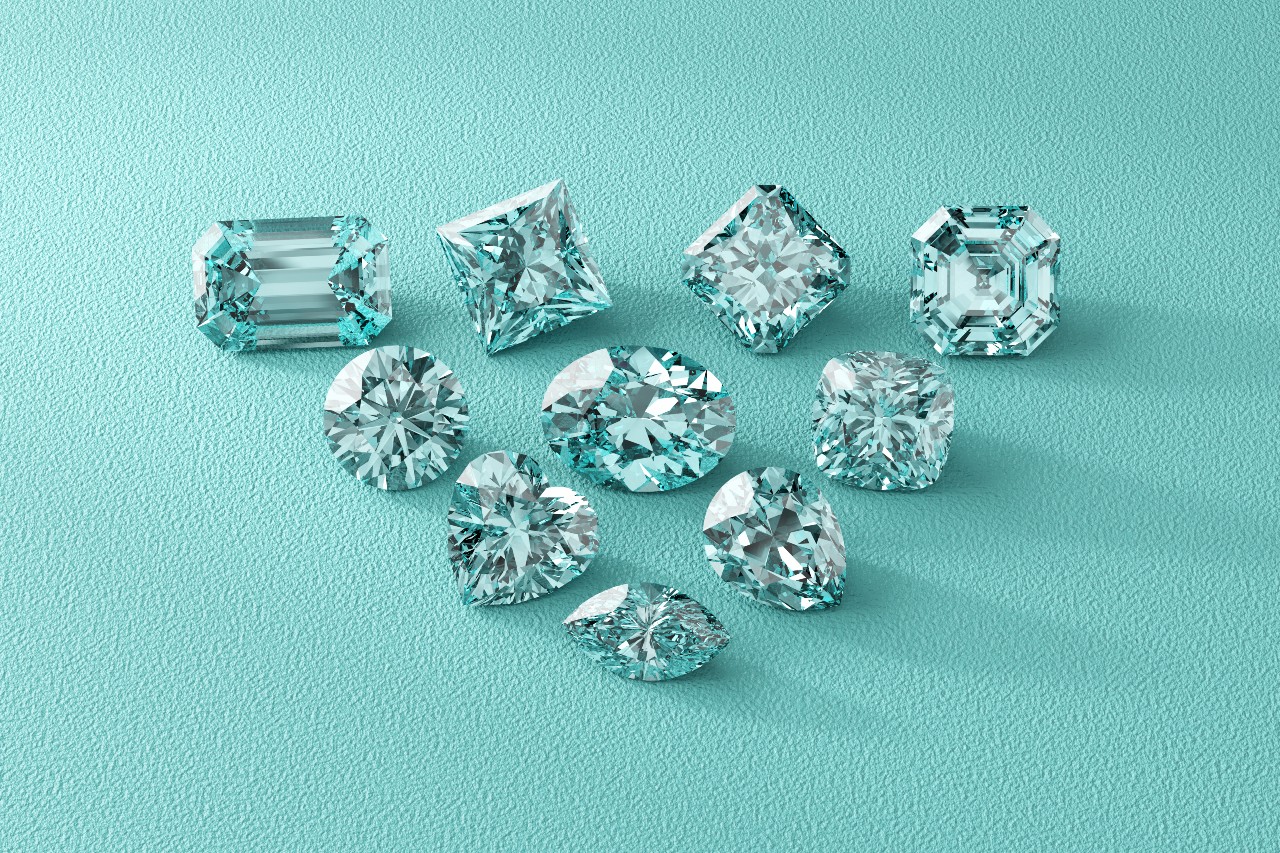Introduction
Welcome to the dazzling world of lab grown diamonds! If you haven’t been following the latest trends in the jewelry industry, you might be surprised to learn that lab grown diamonds are becoming a significant player. They’re not just a trend; they’re a glimpse into the future of how we perceive and value lab grown diamonds are the future. So, let’s dive into why lab grown diamonds are so much more than just a passing fad.
What Are Lab Grown Diamonds?
Definition and Overview
Lab grown diamonds are exactly what they sound like: diamonds created in a lab. They possess the same physical, chemical, and optical properties as natural diamonds but are manufactured using advanced technology. Unlike mined diamonds, which are formed over billions of years beneath the Earth’s surface, lab grown diamonds are produced in a controlled environment in a matter of weeks or months.
How They Are Made
There are primarily two methods used to create lab grown diamonds: High Pressure High Temperature (HPHT) and Chemical Vapor Deposition (CVD). Each technique has its own unique process, resulting in diamonds that are virtually indistinguishable from their natural counterparts.
High Pressure High Temperature (HPHT)
HPHT mimics the natural conditions under which diamonds are formed. By applying extreme pressure and temperature to carbon, the lab simulates the Earth’s mantle. This method is excellent for creating diamonds with unique color and clarity.
Chemical Vapor Deposition (CVD)
CVD, on the other hand, involves placing a diamond seed in a chamber filled with carbon-rich gases. These gases are ionized to deposit carbon atoms onto the seed, gradually forming a diamond. This method is highly precise and allows for the creation of diamonds with specific characteristics.
Benefits of Lab Grown Diamonds
Ethical Considerations
One of the biggest advantages of lab grown diamonds is their ethical appeal. Traditional diamond mining often involves complex social issues, including exploitative labor practices and conflicts. Lab grown diamonds offer a guilt-free alternative, as they are produced in a controlled, transparent environment with ethical practices.
Environmental Impact
Mining natural diamonds can be incredibly damaging to the environment. It involves significant land disruption and can lead to habitat destruction. Lab grown diamonds, however, have a minimal environmental footprint, making them a more sustainable choice for eco-conscious consumers.
Cost-Effectiveness
Lab grown diamonds are typically less expensive than their natural counterparts. The cost savings come from the reduced labor and mining expenses associated with their production. For consumers, this means you can get a larger, higher-quality diamond for a fraction of the price.
Comparing Lab Grown Diamonds to Natural Diamonds
Quality and Durability
When it comes to quality and durability, lab grown diamonds are on par with natural lab diamonds. They both score a 10 on the Mohs scale of hardness, making them incredibly durable. The key difference lies in their origin, not their quality.
Value and Market Perception
Despite their identical physical properties, lab grown diamonds often face a different market perception compared to natural diamonds. Traditional diamonds have a long history and cultural significance, which can affect their perceived value. However, as lab grown diamonds gain more acceptance, their value in the market is likely to increase.
The Future of Lab Grown Diamonds
Market Trends and Growth
The market for lab grown diamonds is growing rapidly. Consumers are increasingly drawn to their ethical and environmental benefits, which is driving demand. Analysts predict that the lab grown diamond market will continue to expand, potentially surpassing the traditional diamond market in the coming years.
Technological Advancements
As technology advances, lab grown diamonds will become even more sophisticated. Innovations in production methods could lead to even higher quality and more diverse diamond options. This ongoing progress will likely further enhance their appeal and accessibility.
Challenges and Limitations
Despite their advantages, lab grown diamonds face some challenges. One major hurdle is overcoming the established market dominance of natural diamonds. Additionally, there are still misconceptions and a lack of consumer awareness about lab grown diamonds. However, as education and acceptance grow, these challenges are expected to diminish.
How to Choose a Lab Grown Diamond
Certification and Grading
When purchasing a lab grown diamond, it’s important to ensure it comes with a certification from a reputable gemological laboratory. This certification confirms the diamond’s authenticity and quality, providing peace of mind.
Where to Buy
Lab grown diamonds can be purchased from a variety of sources, including online retailers, specialized jewelry stores, and even direct from manufacturers. It’s crucial to choose a trusted seller to ensure you’re getting a high-quality product.
Conclusion
In summary, lab grown diamonds are more than just a trend; they represent a shift towards more ethical, sustainable, and cost-effective choices in the world of fine jewelry. As technology continues to advance and consumer awareness grows, lab grown diamonds are poised to become a dominant force in the market. Whether you’re an eco-conscious shopper or simply looking for a great value, lab grown diamonds offer a brilliant future for the industry. So next time you’re considering a diamond, remember that the future is already here, and it’s sparkling with the promise of lab grown gems.

